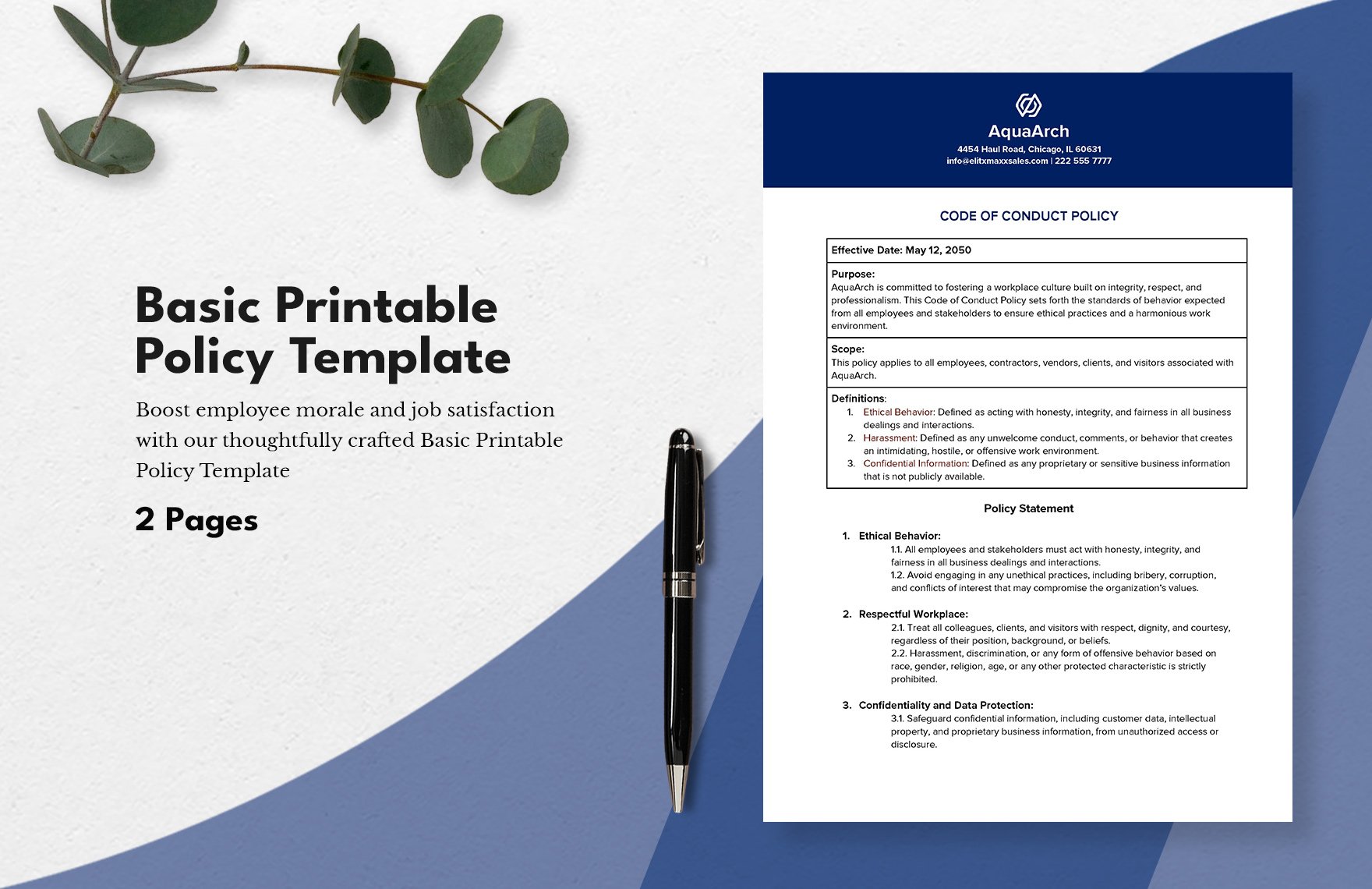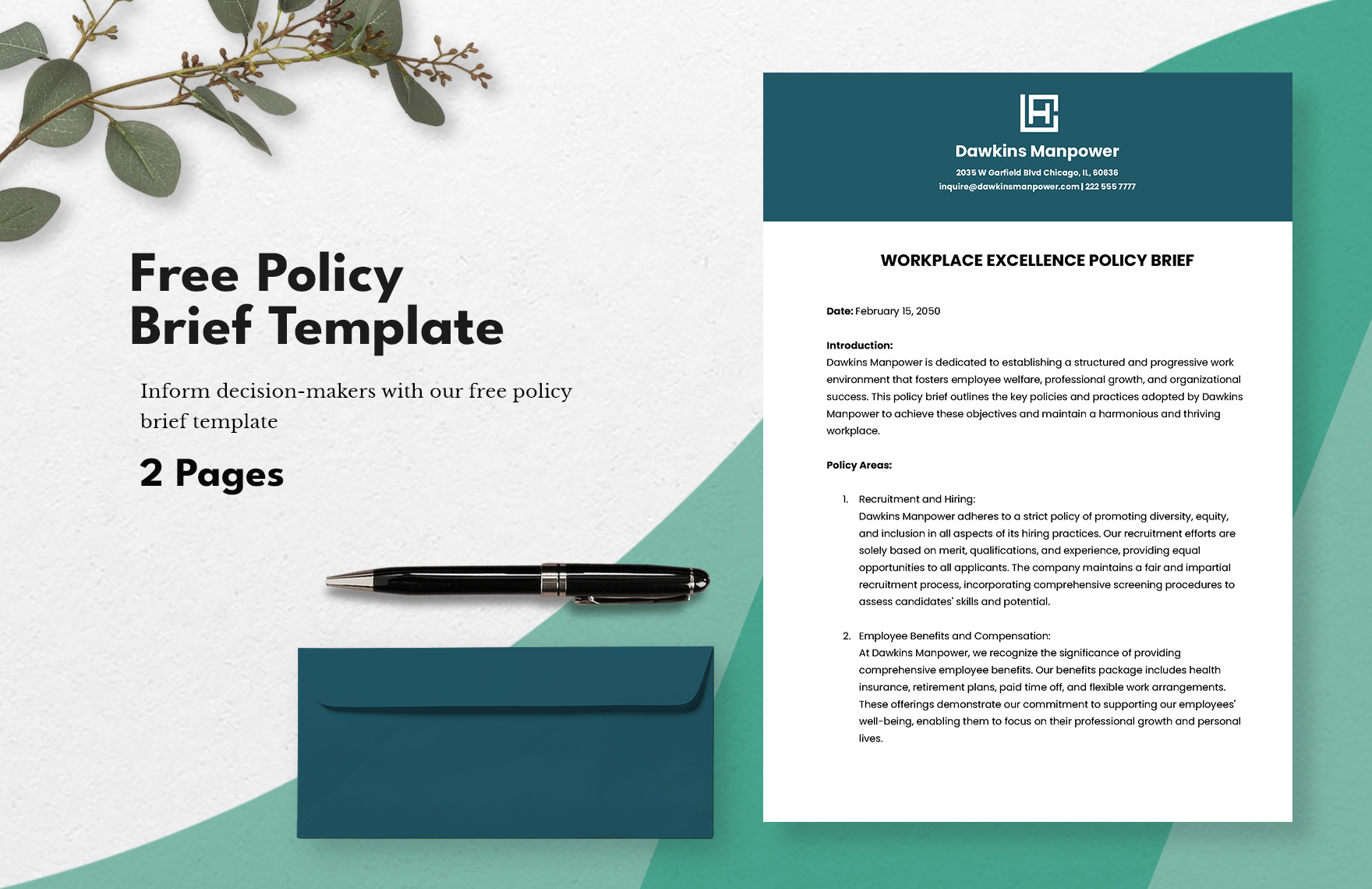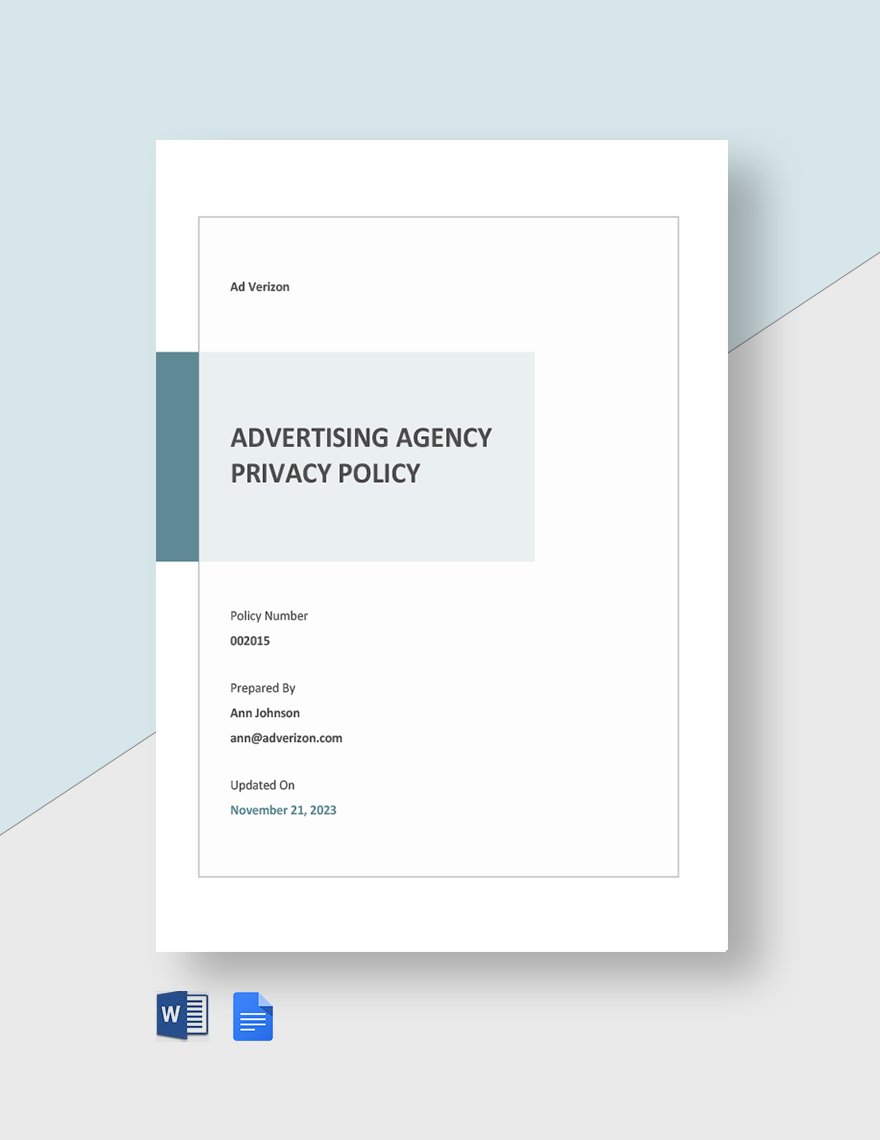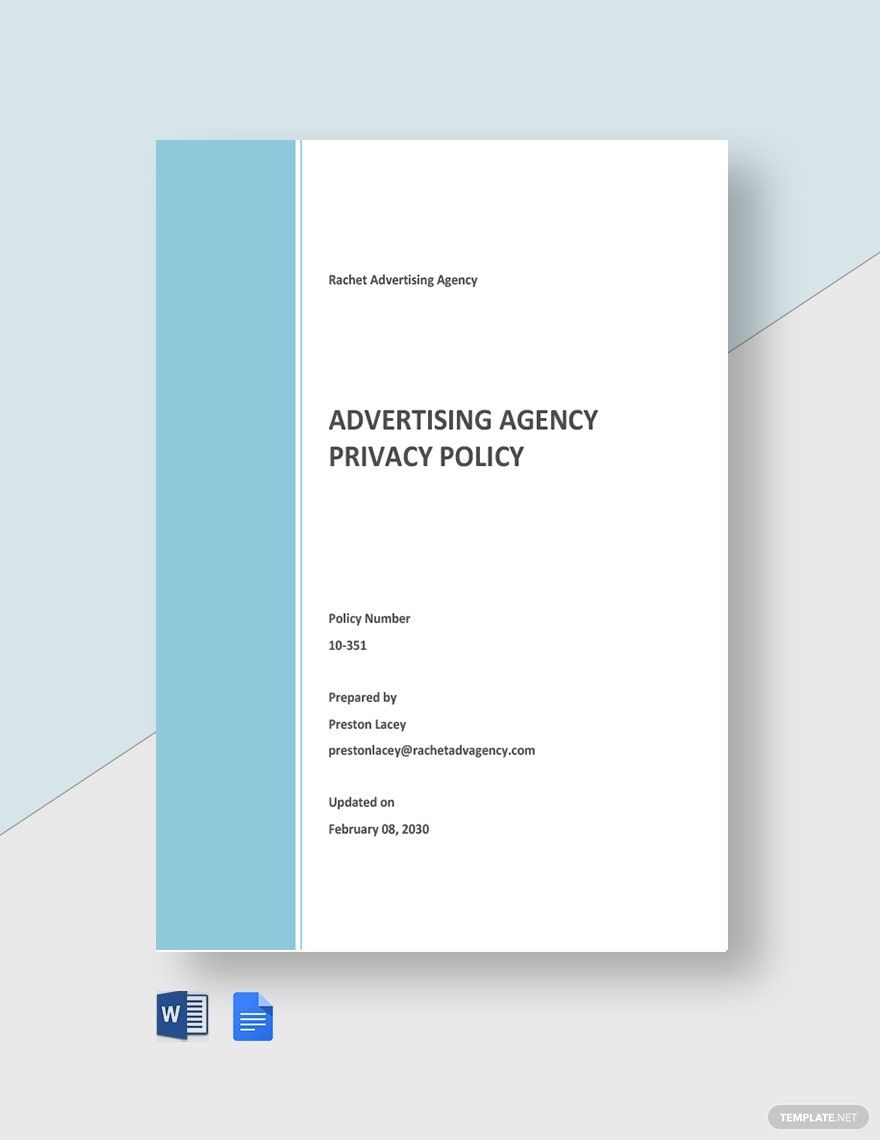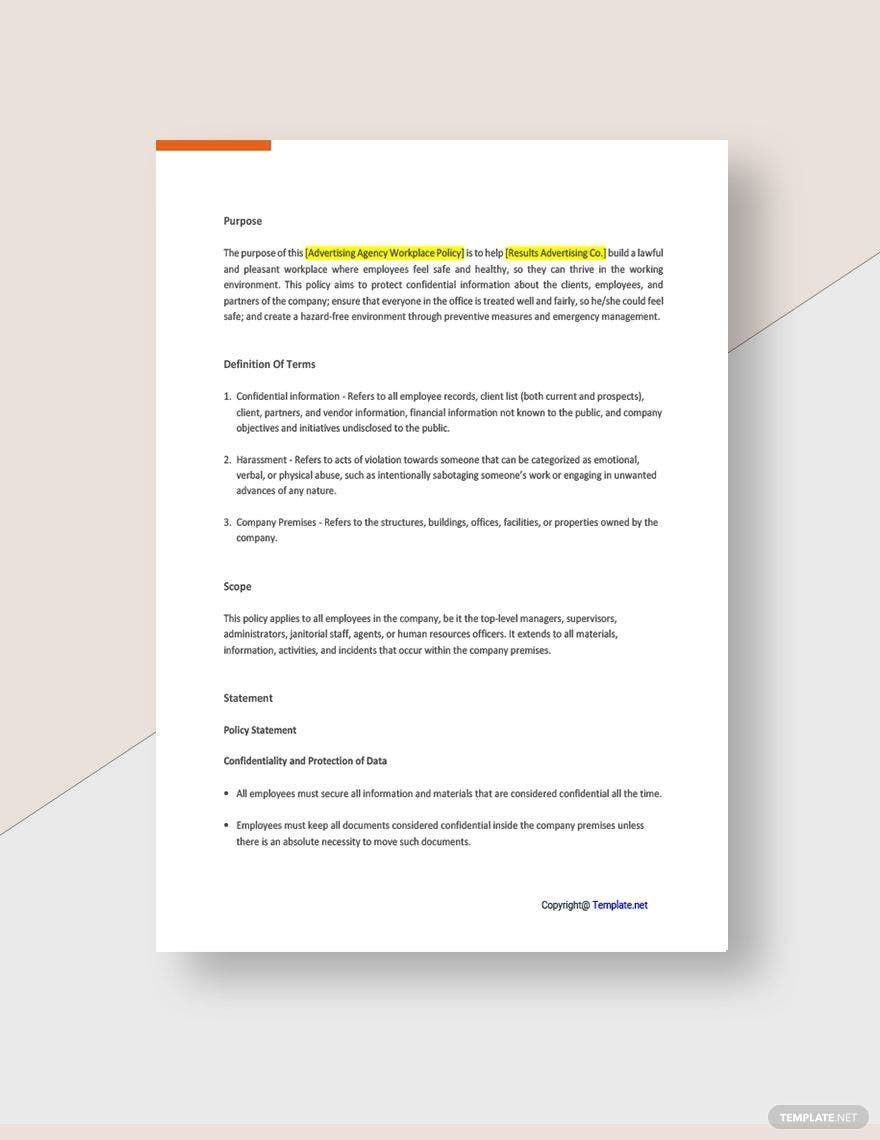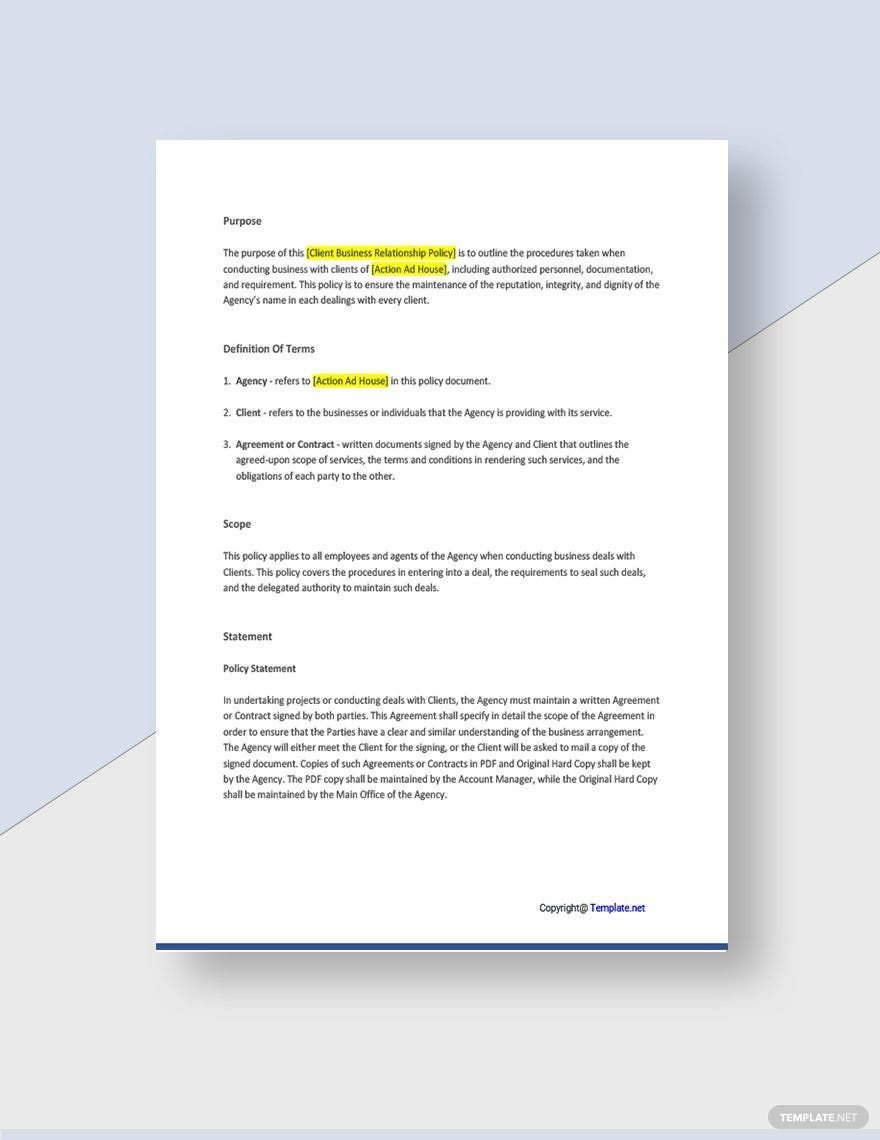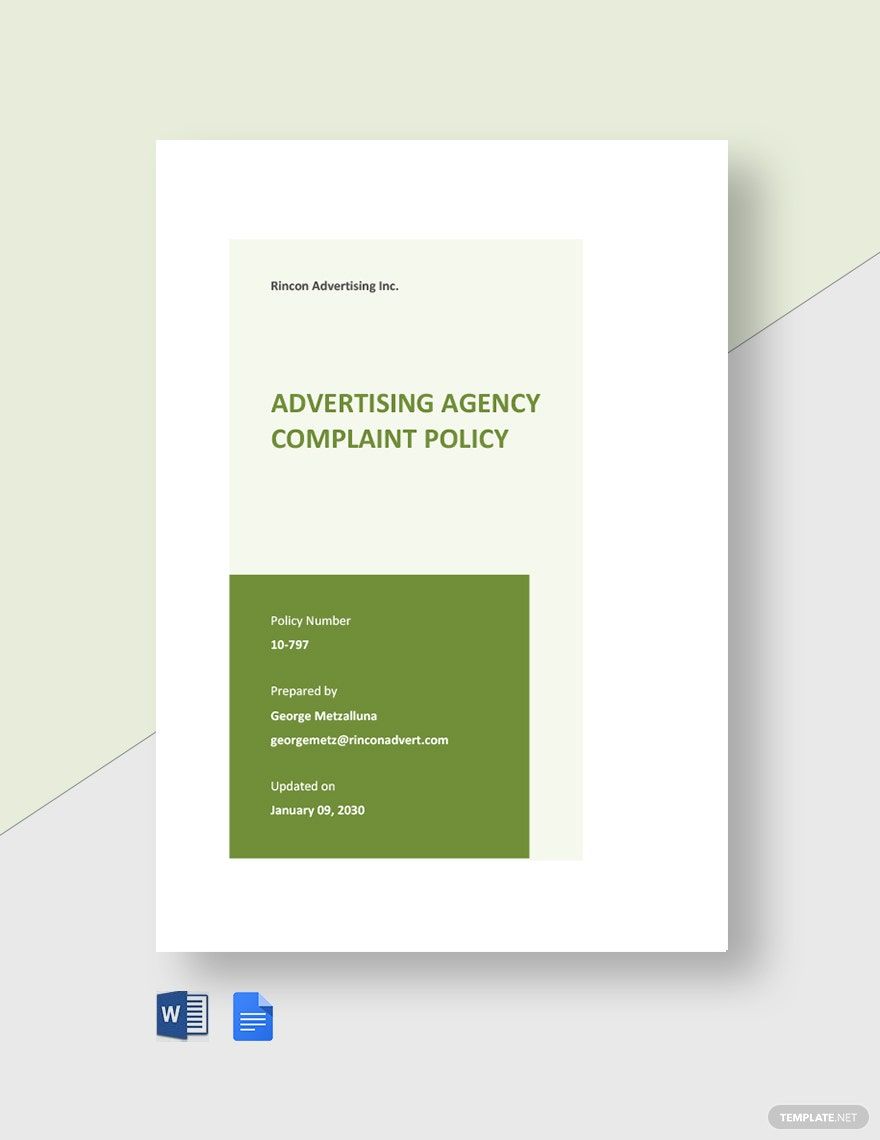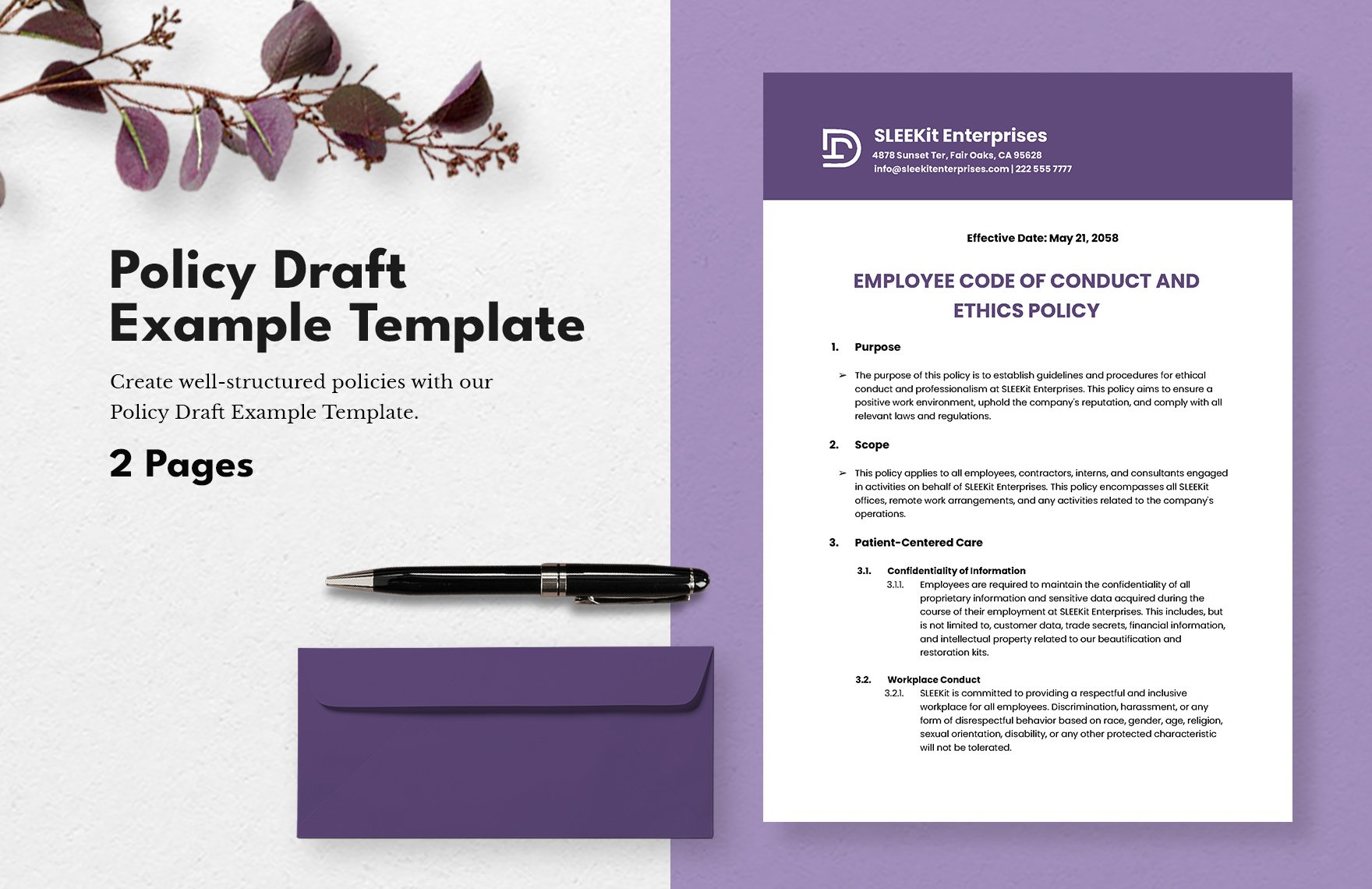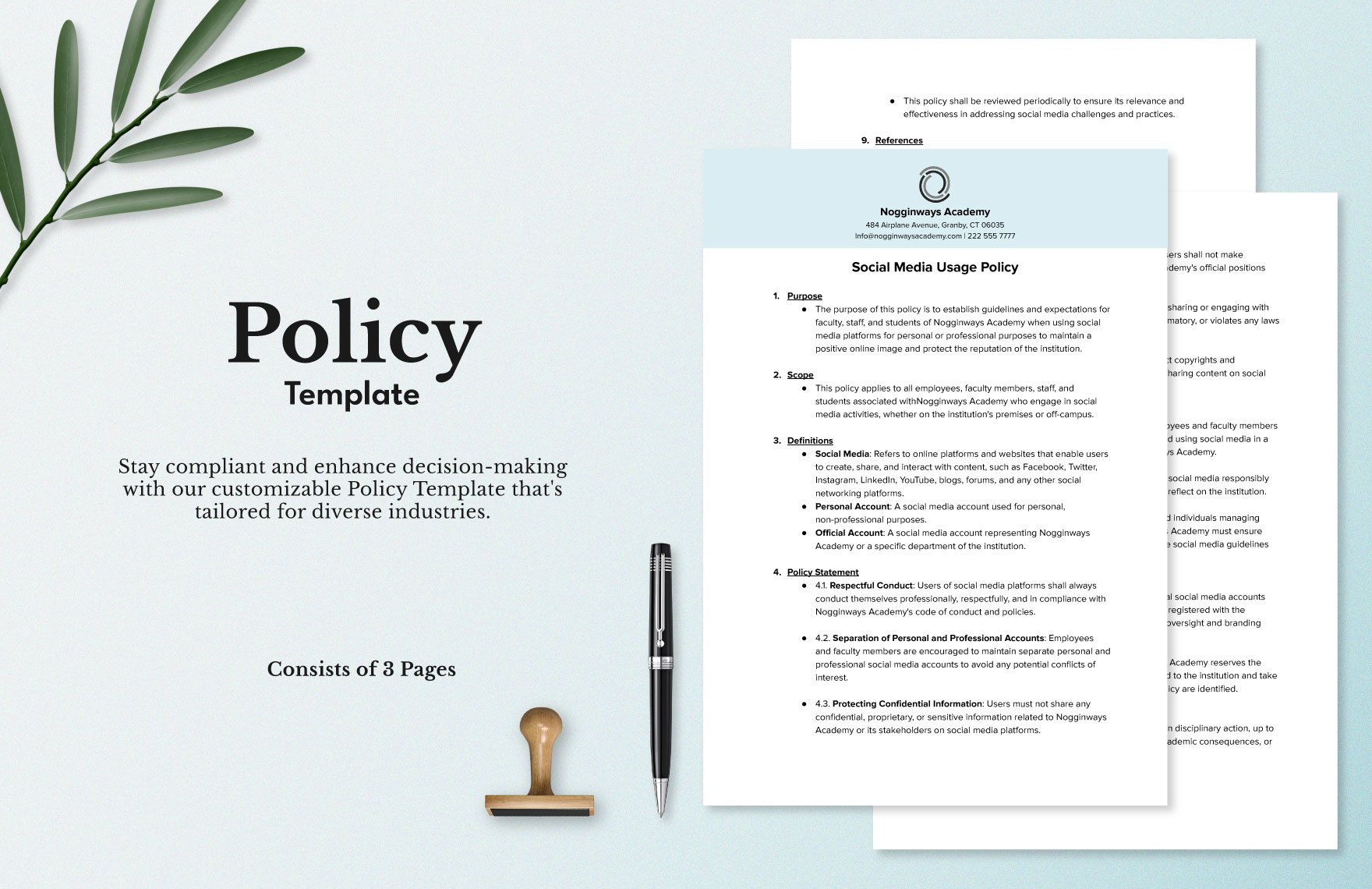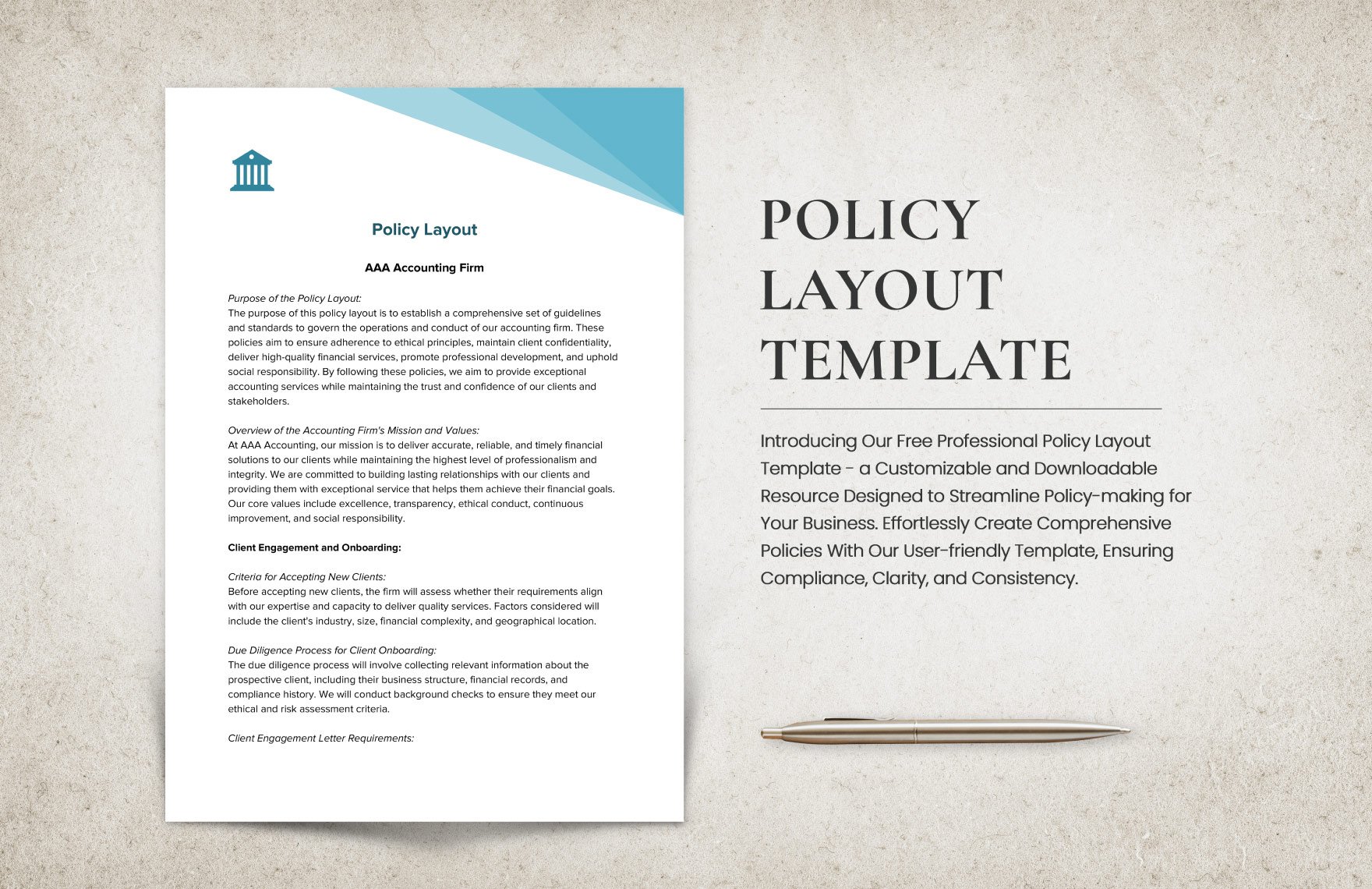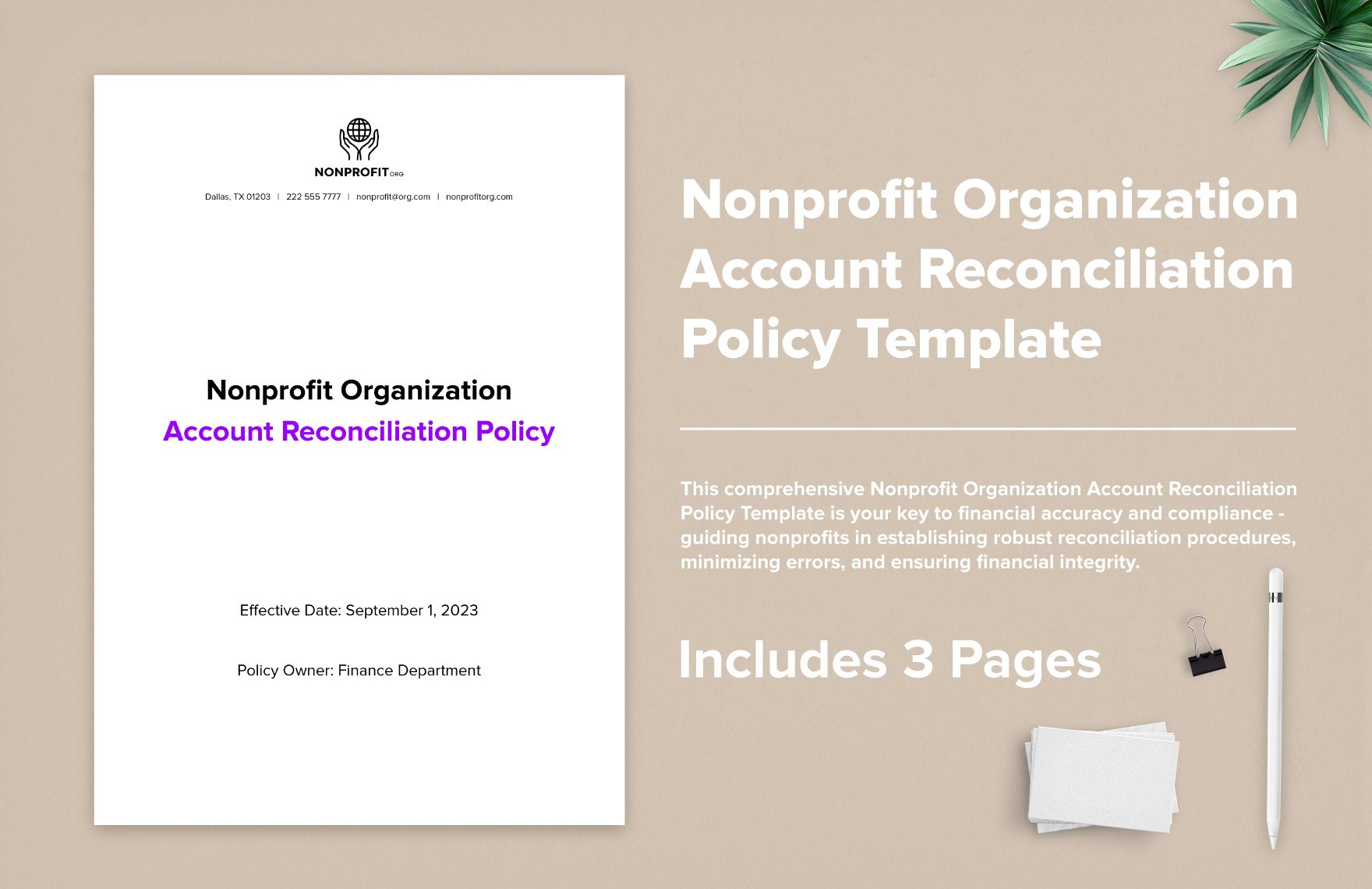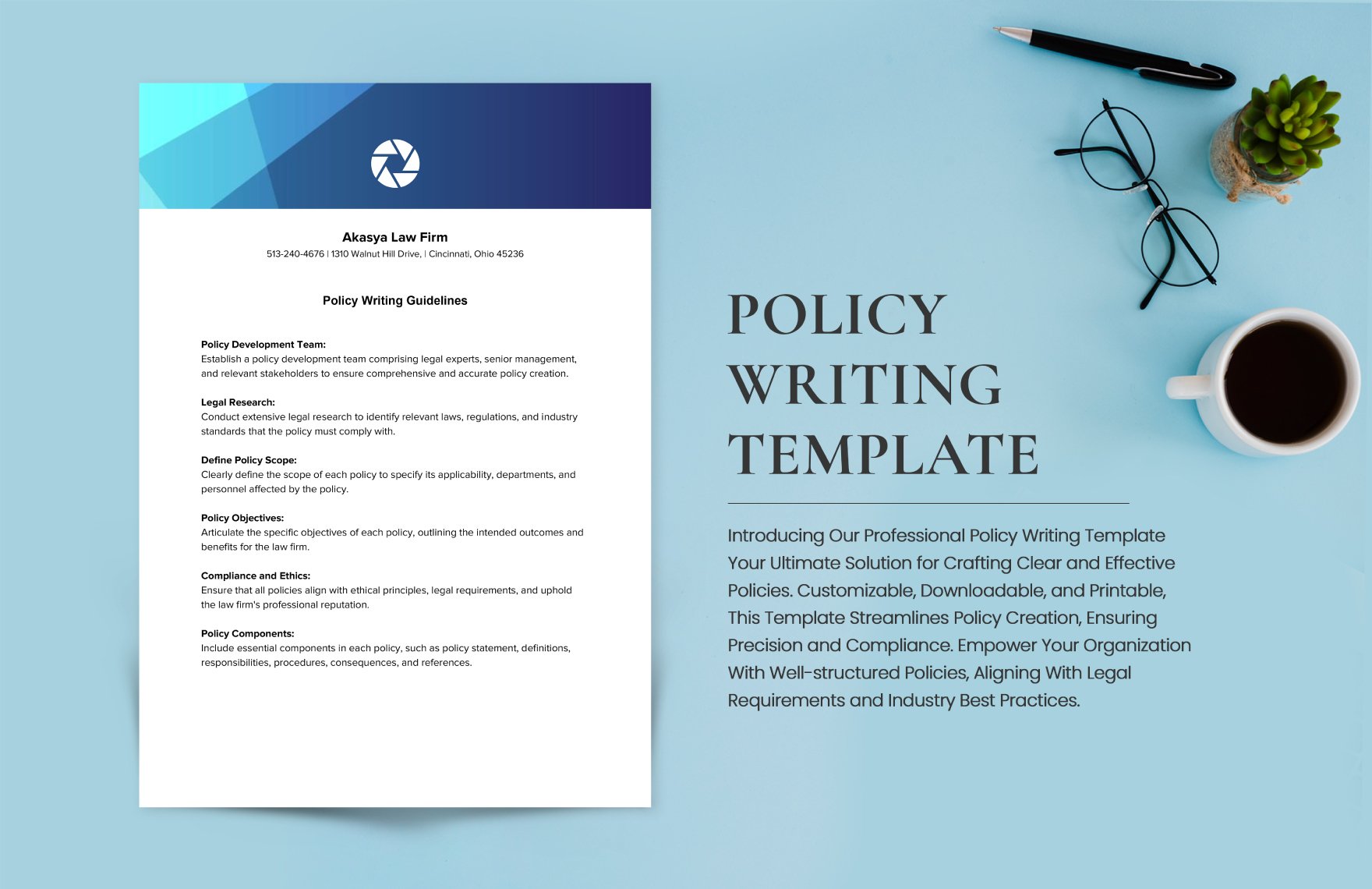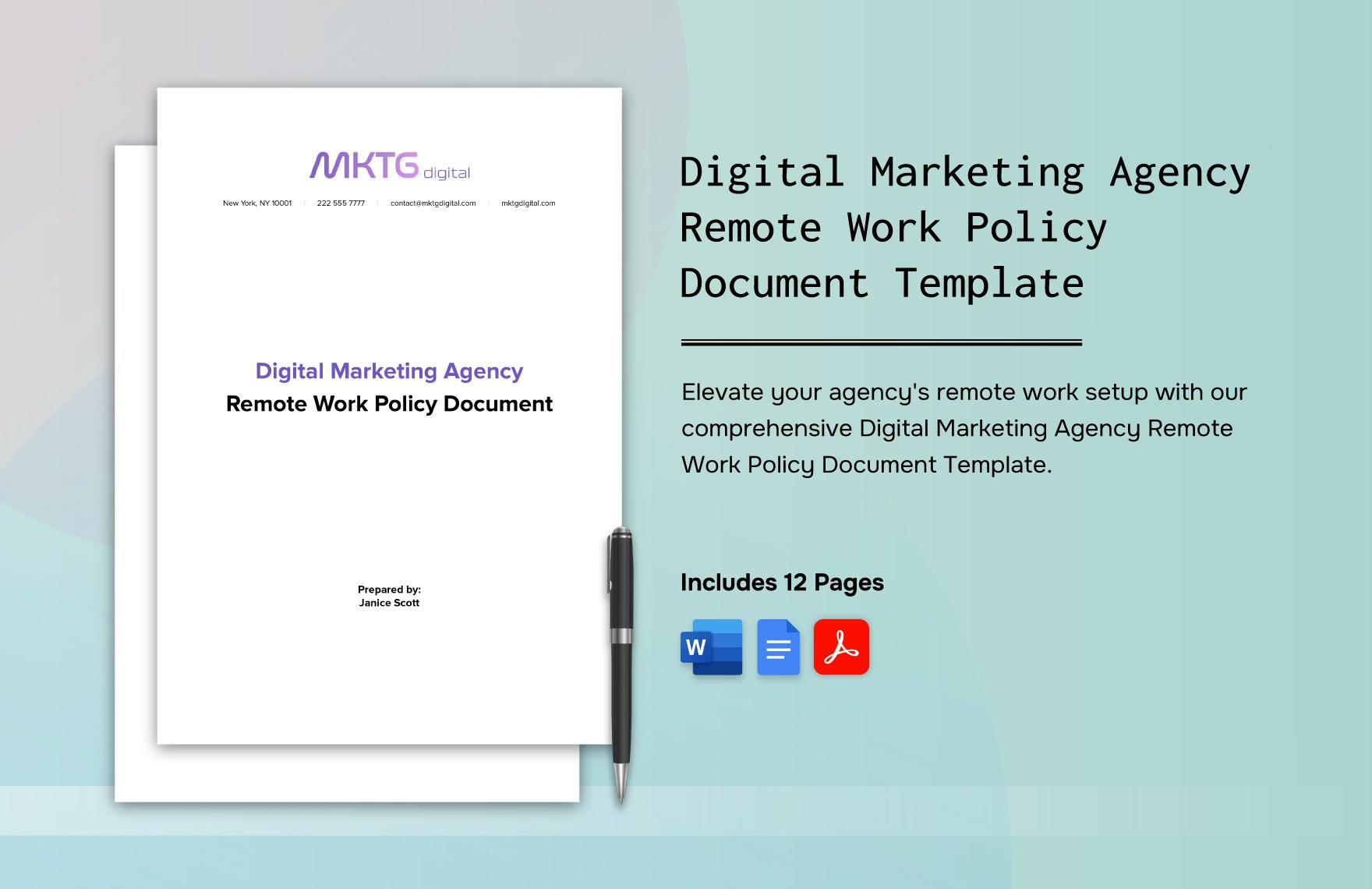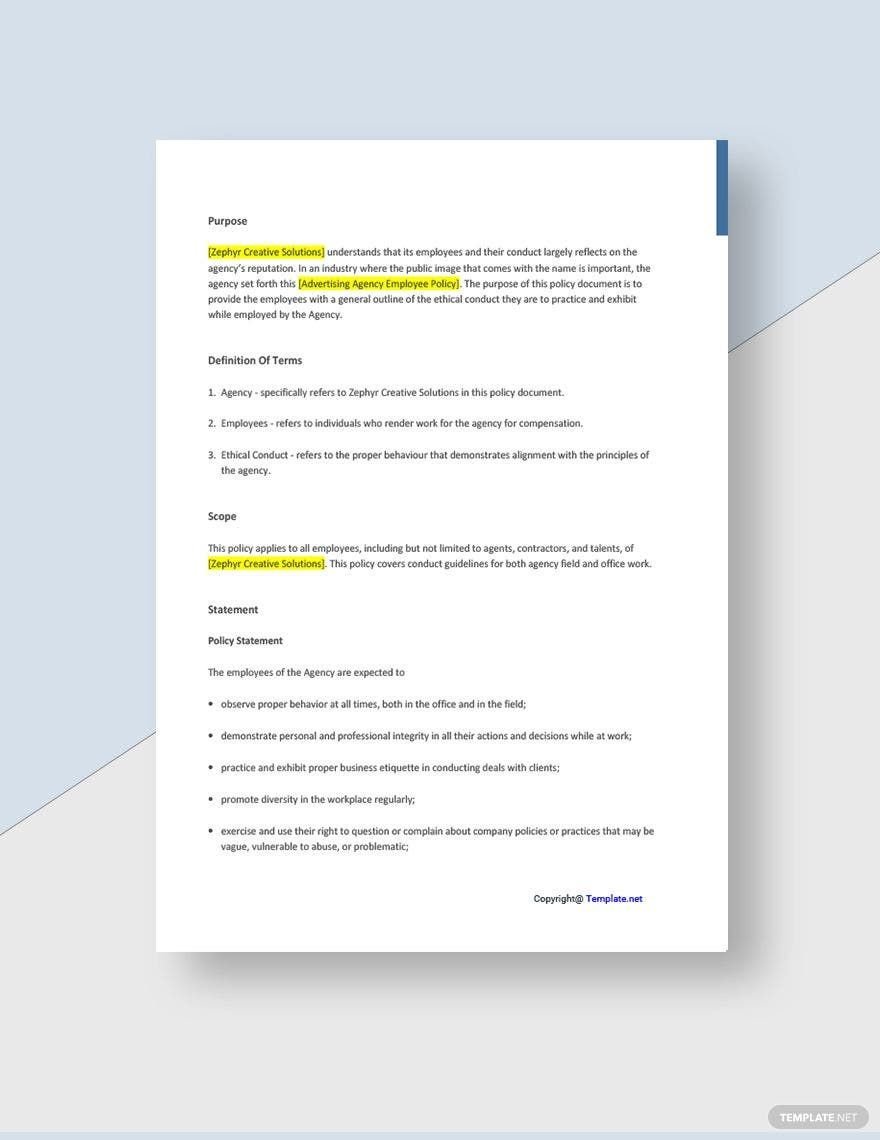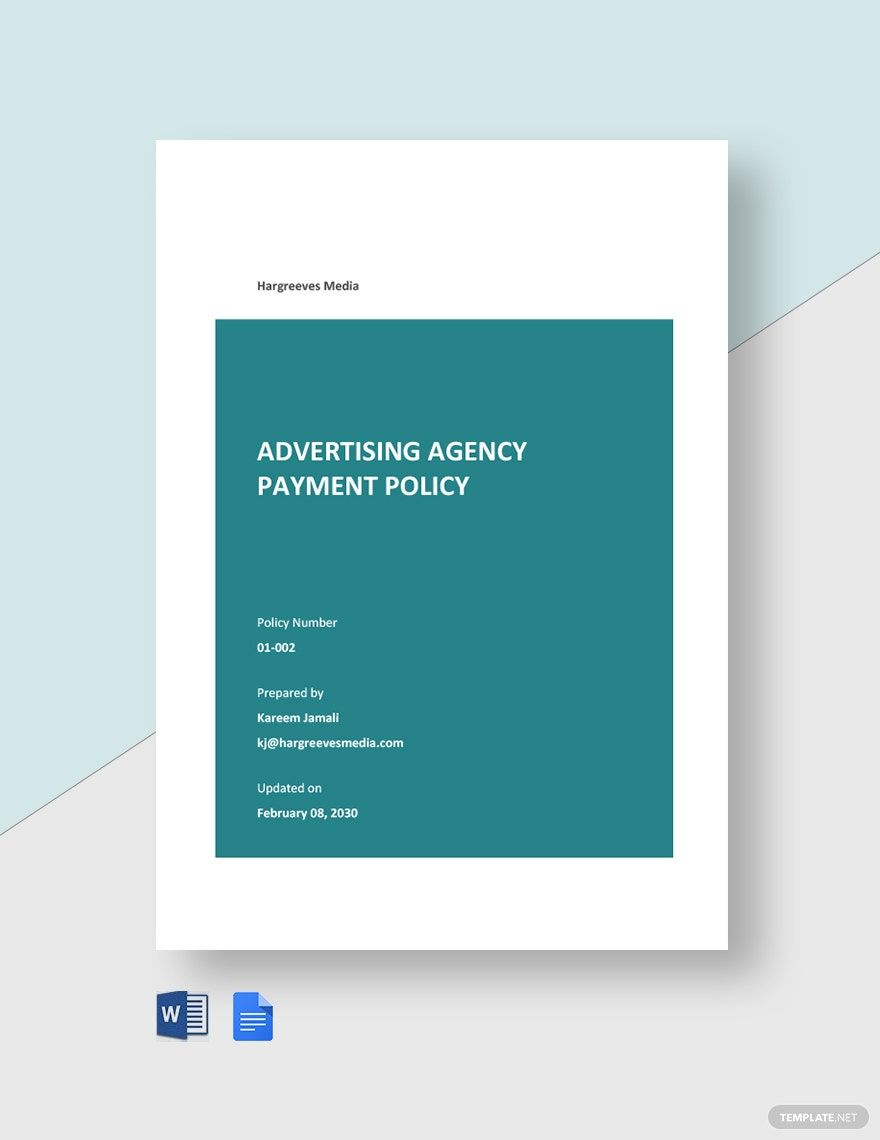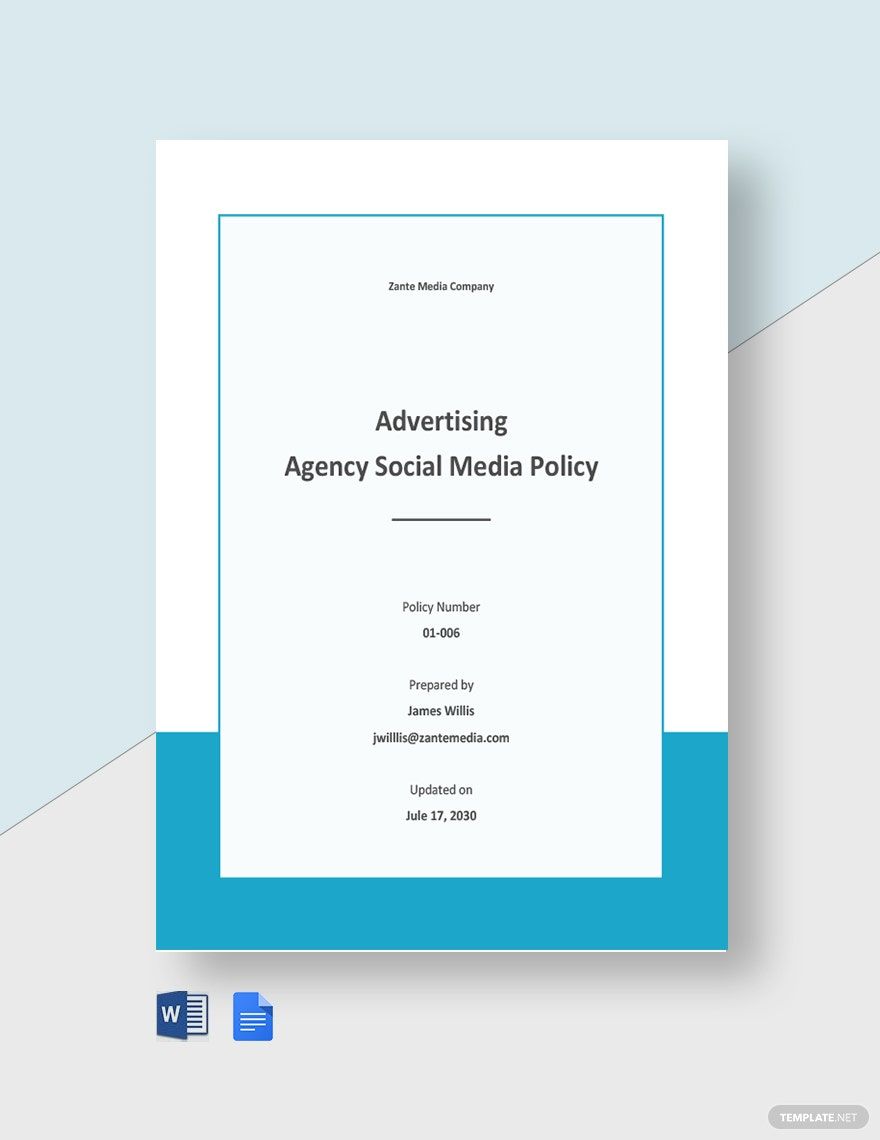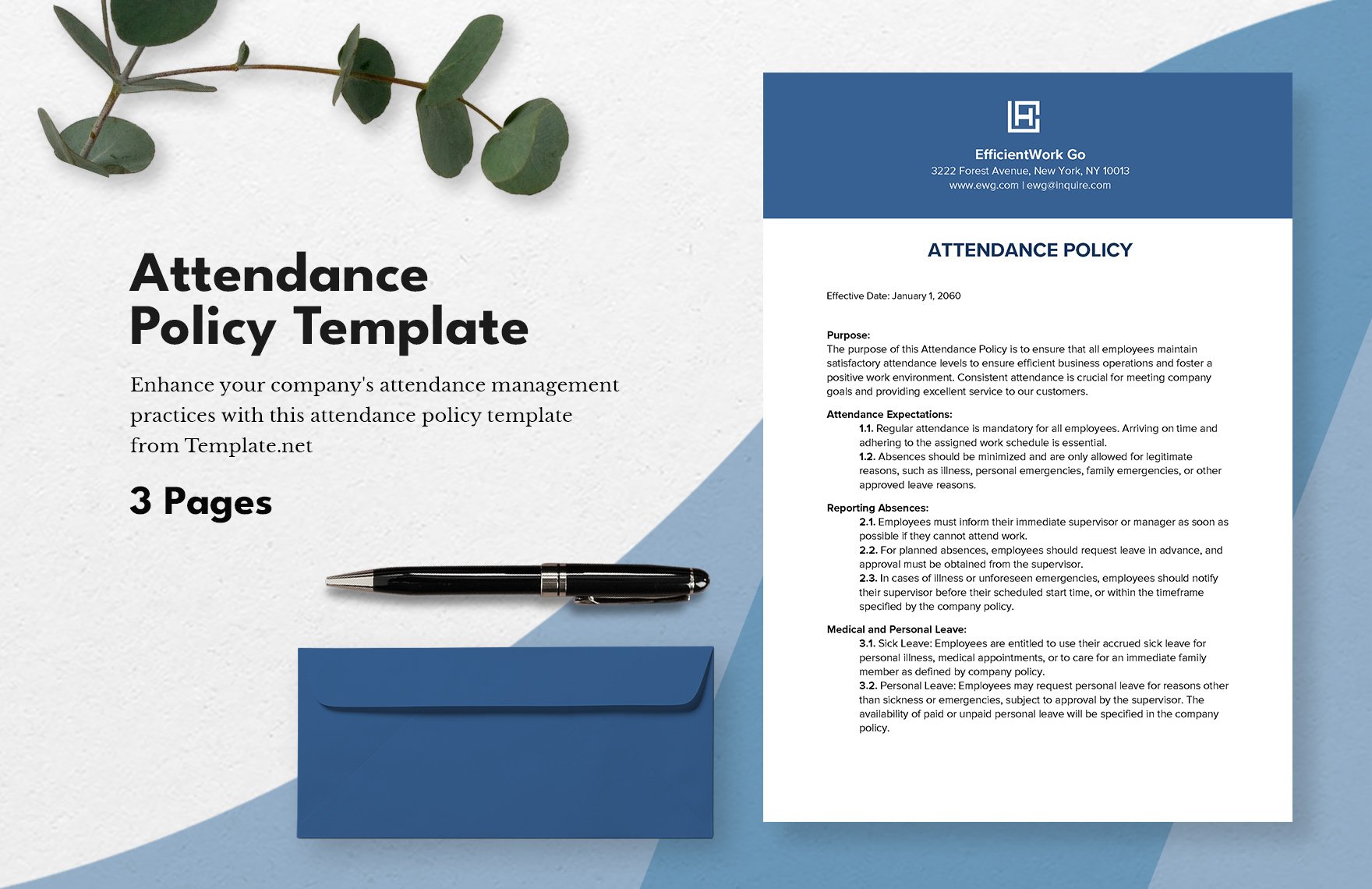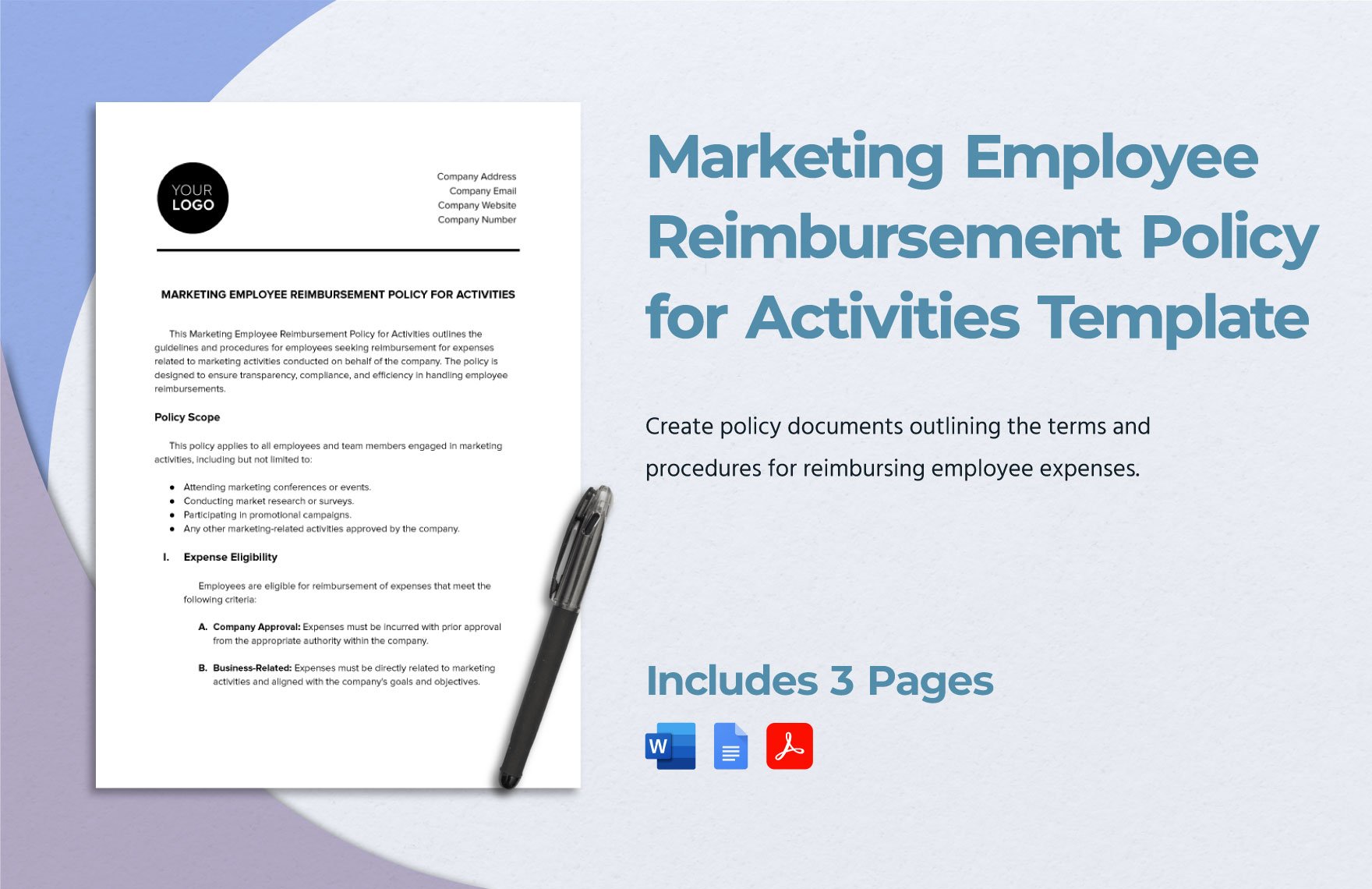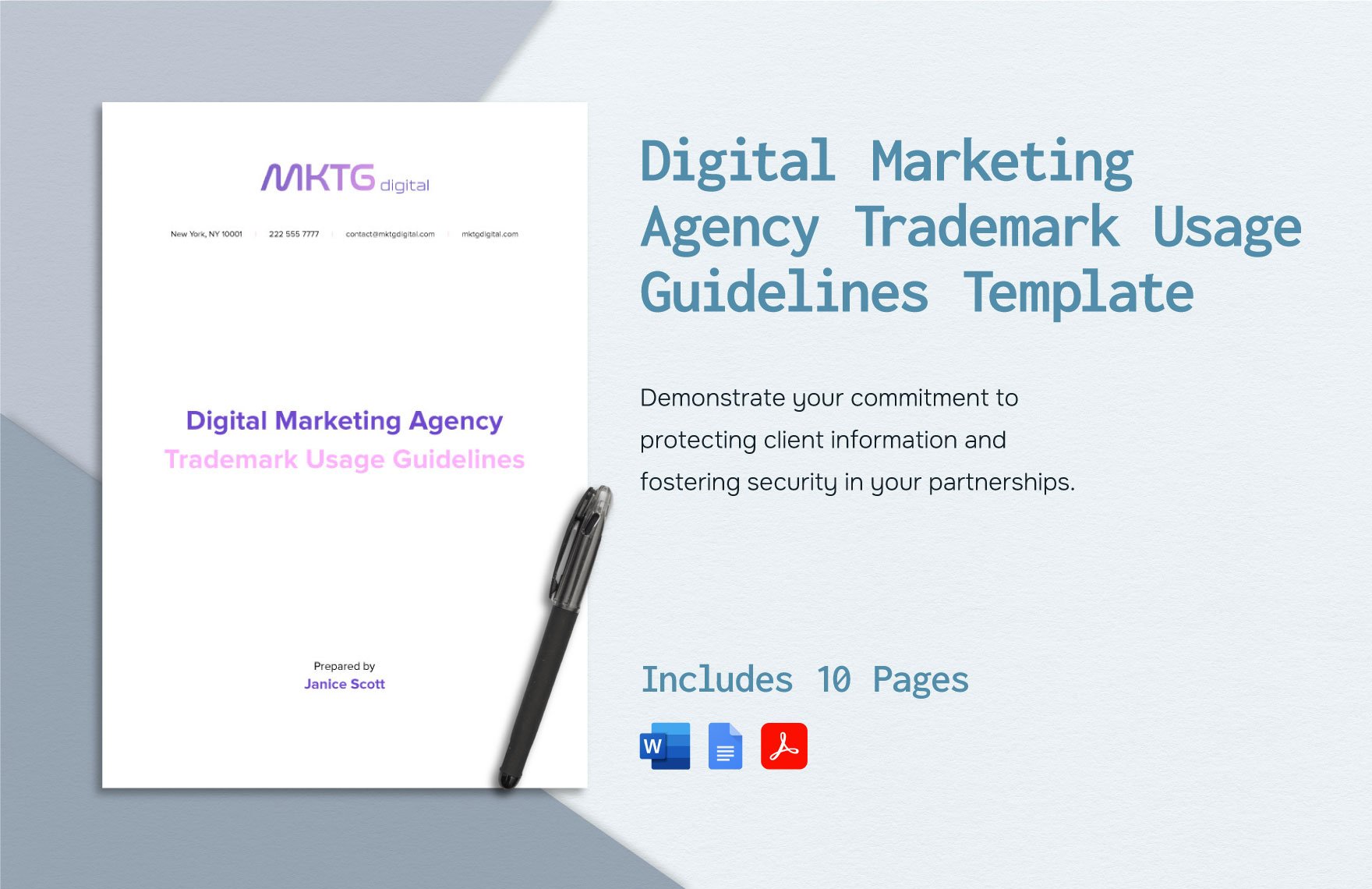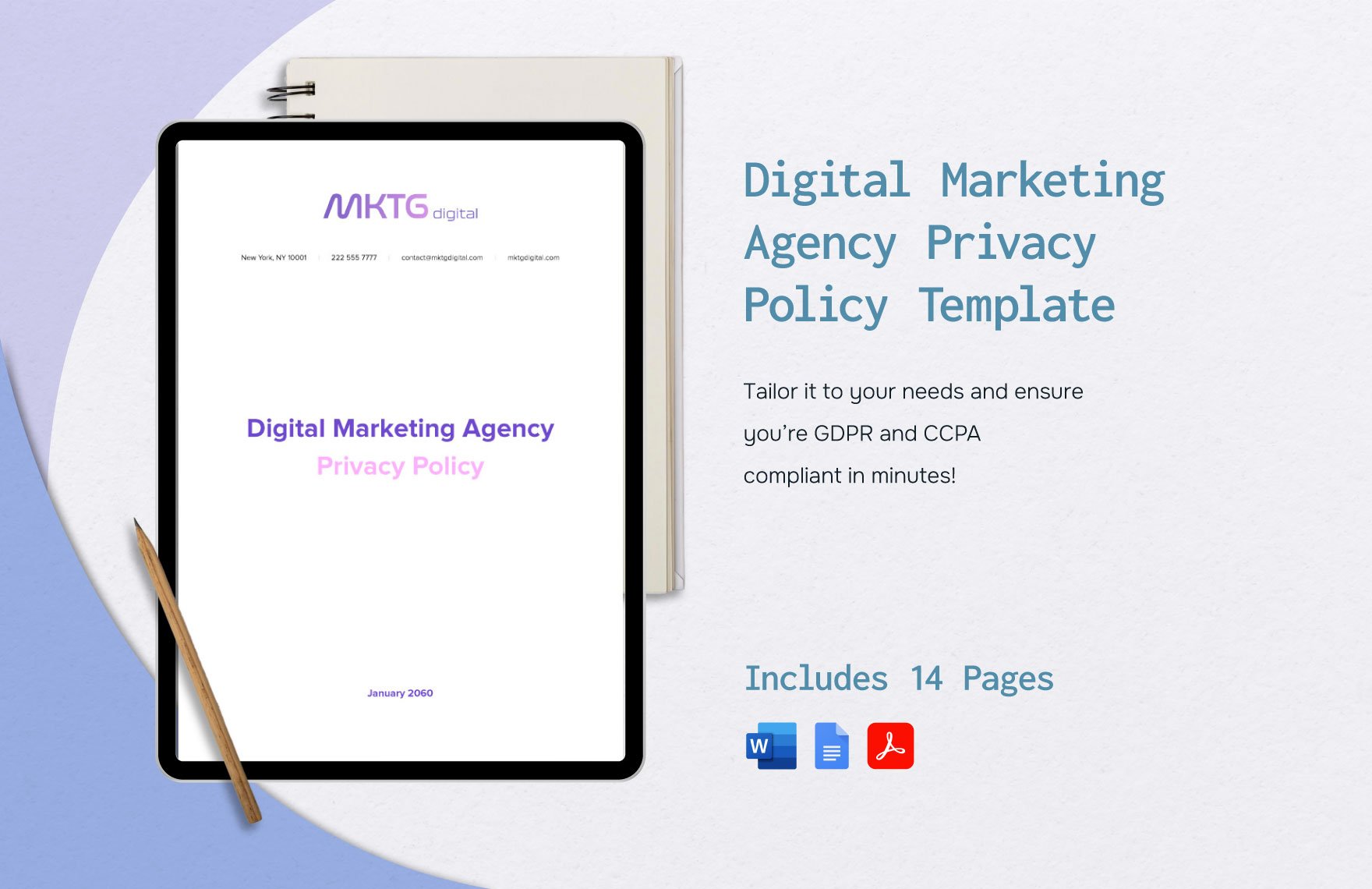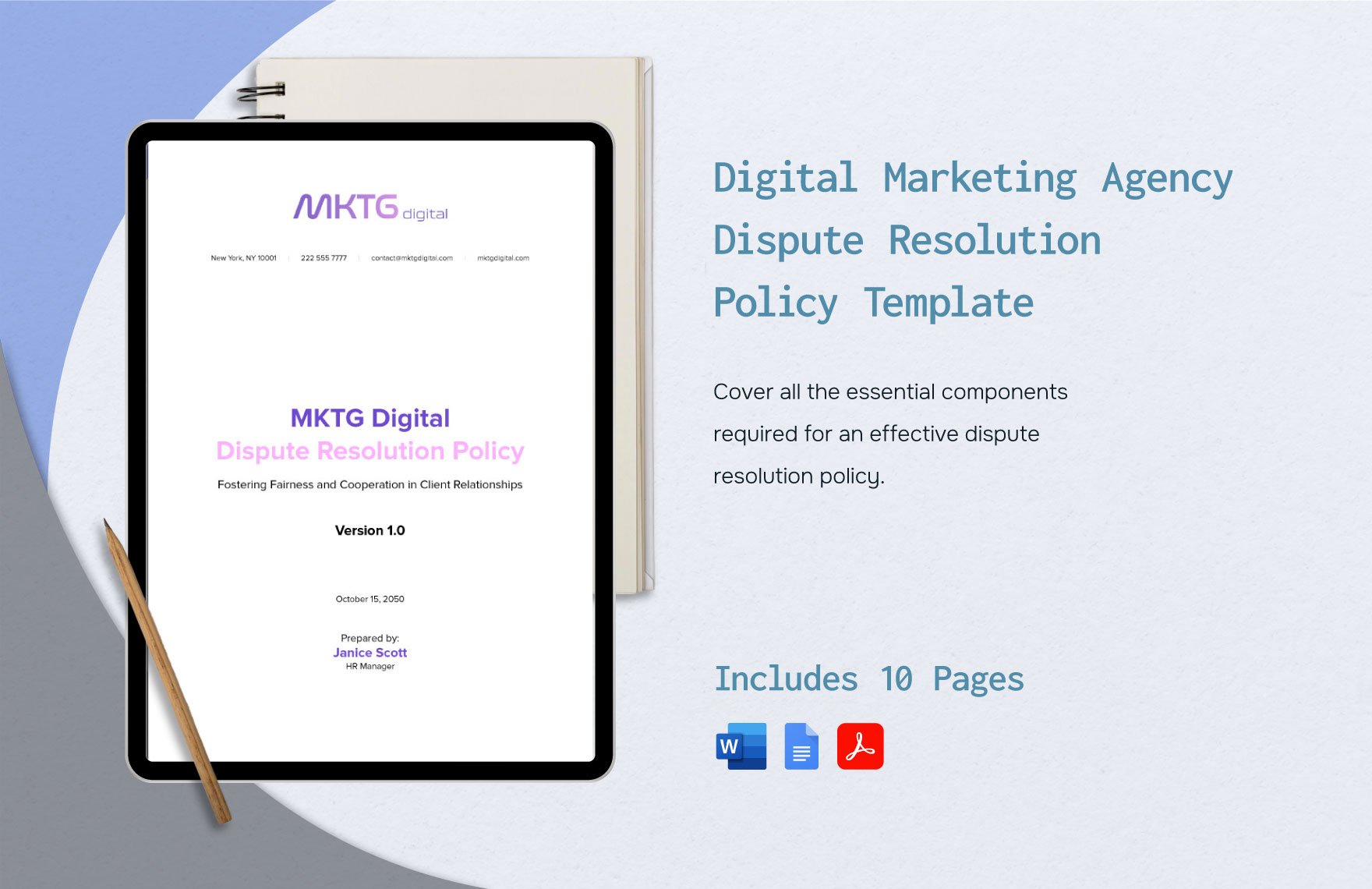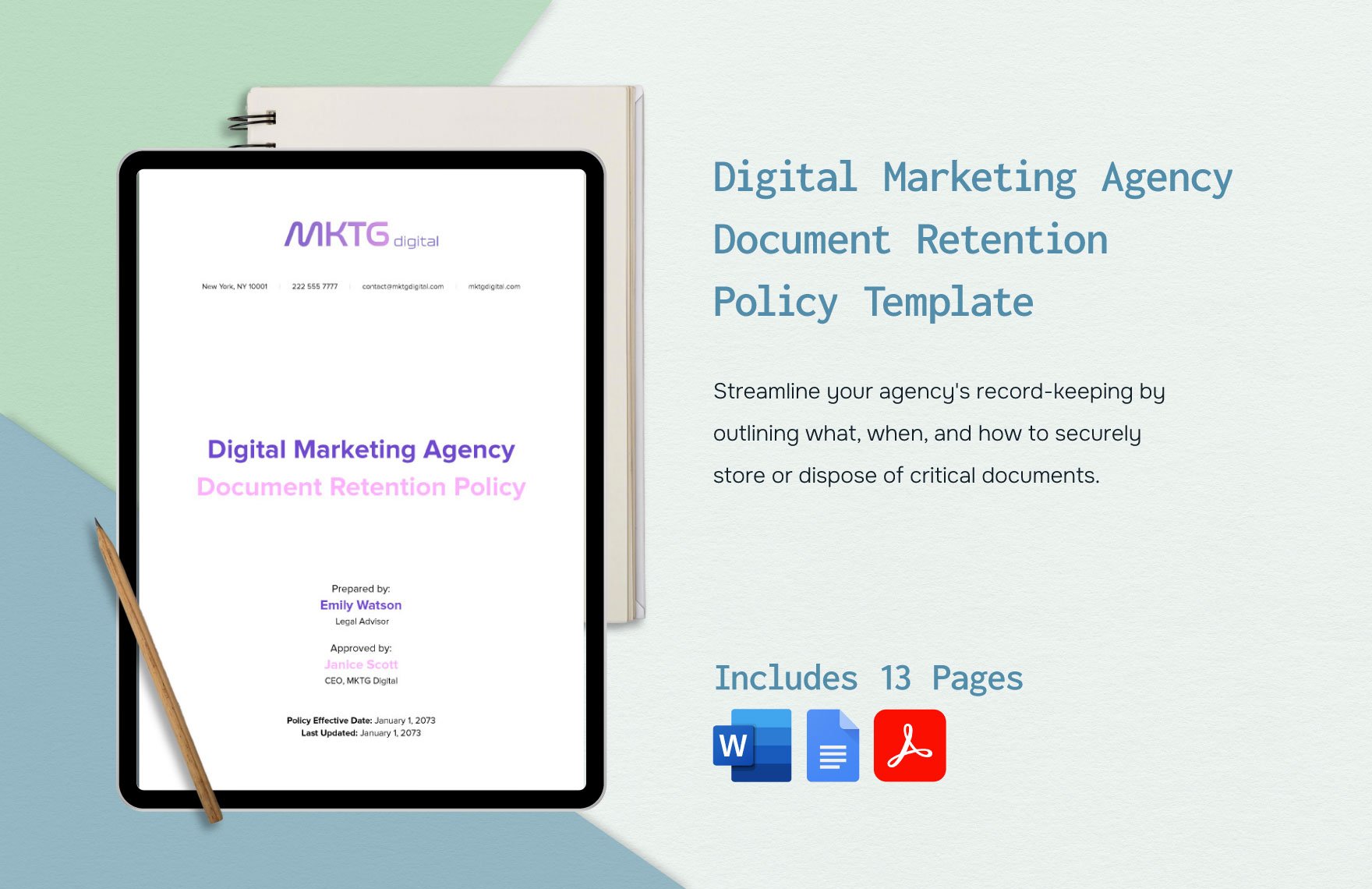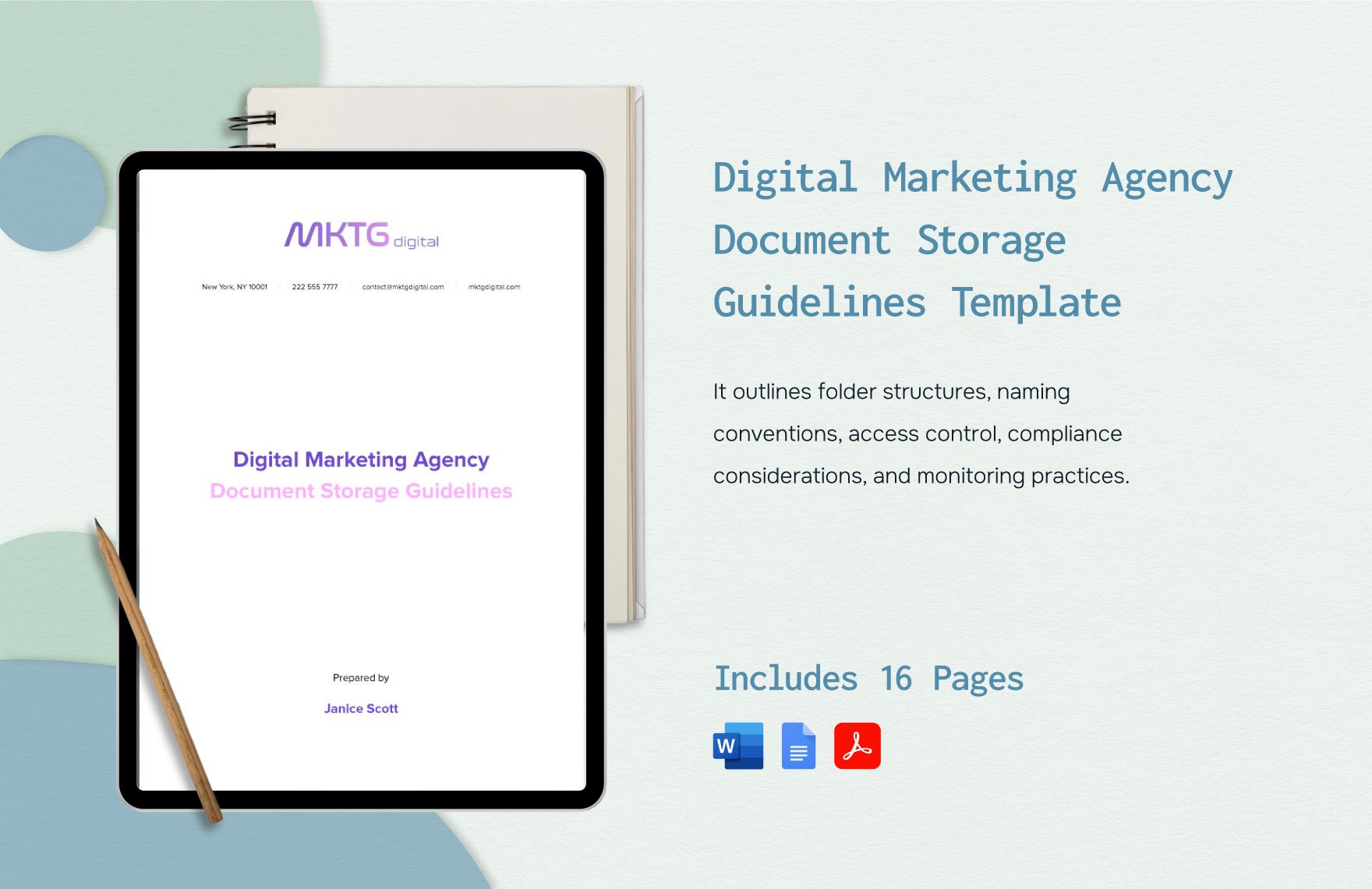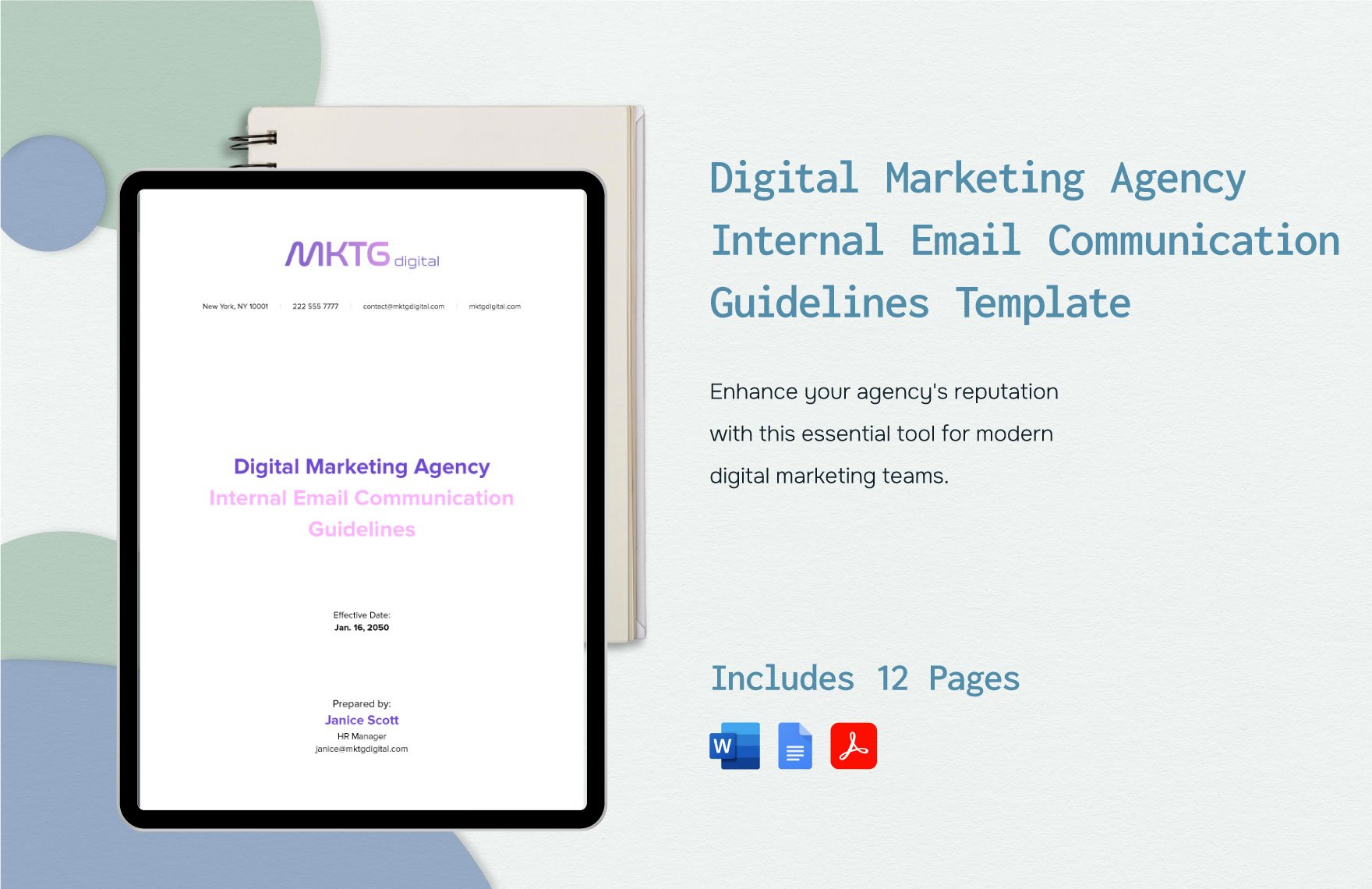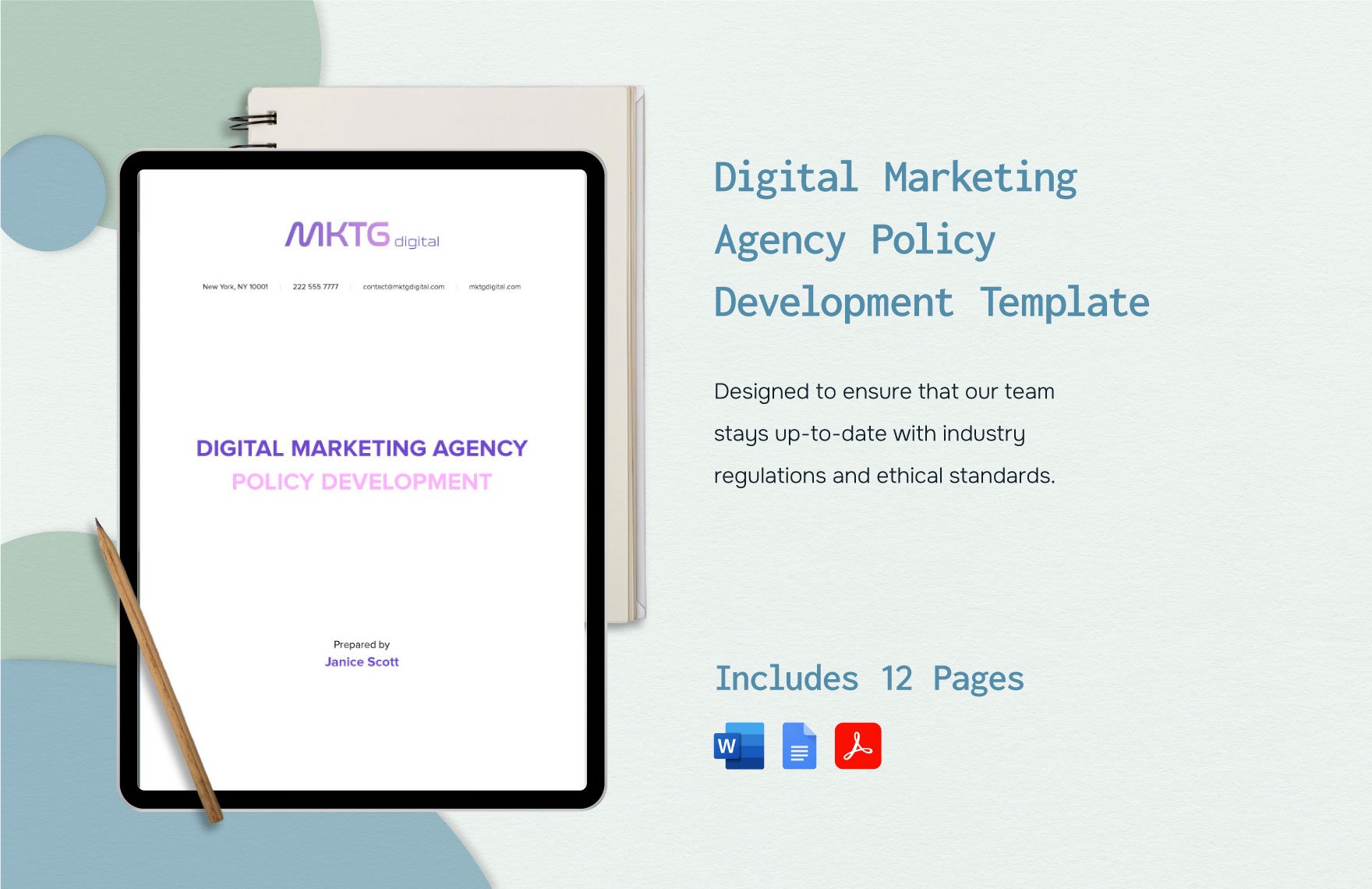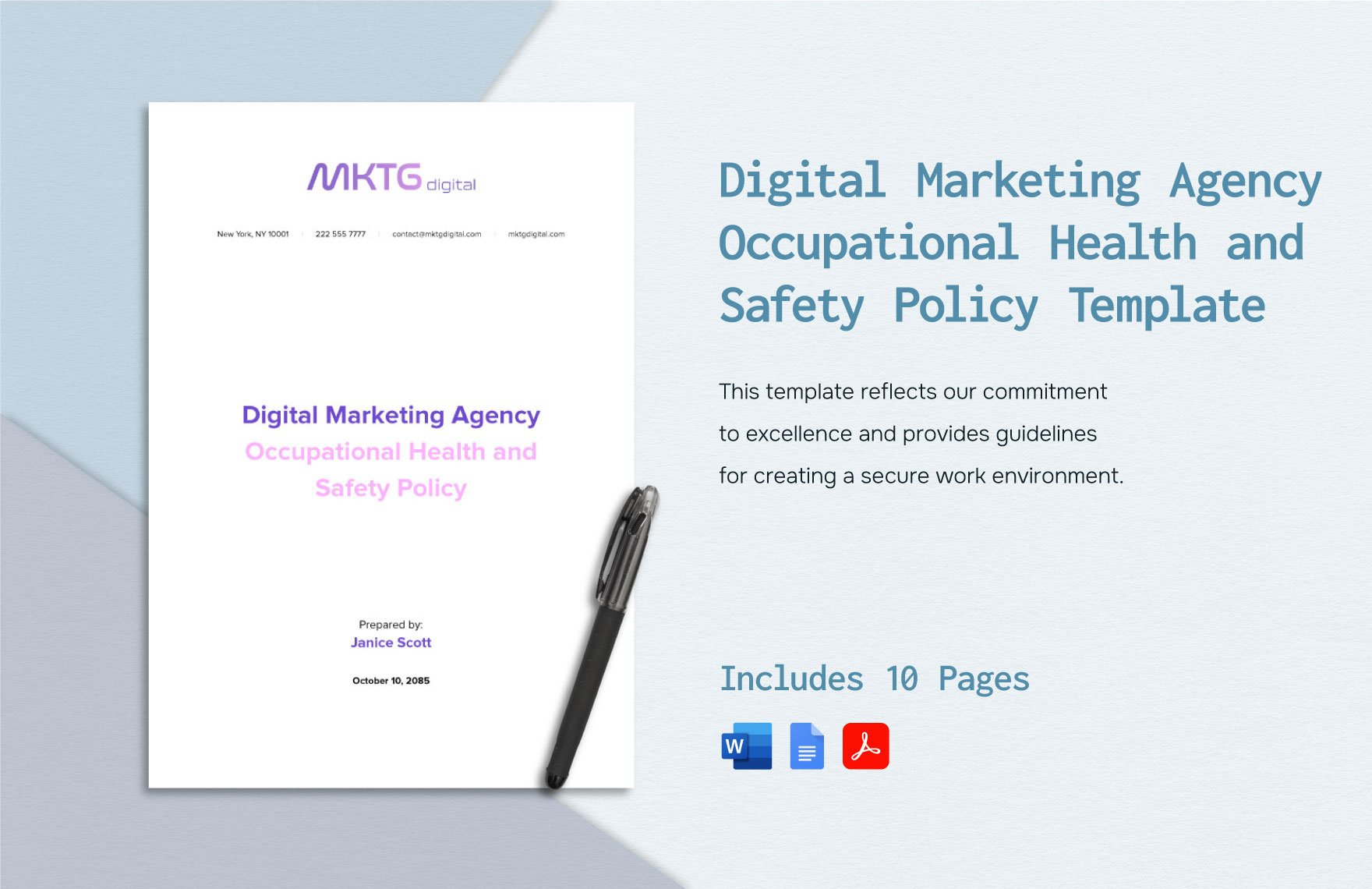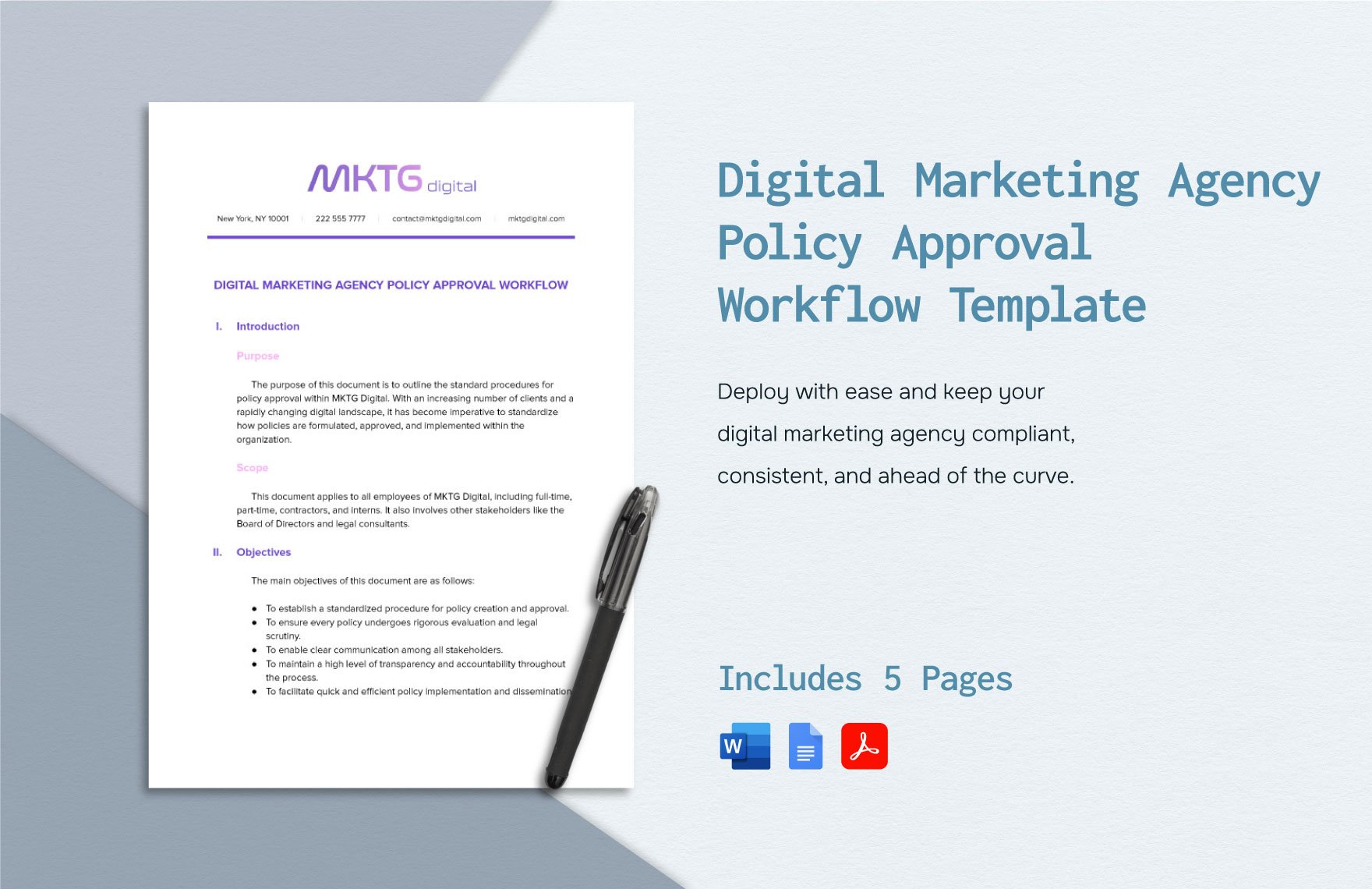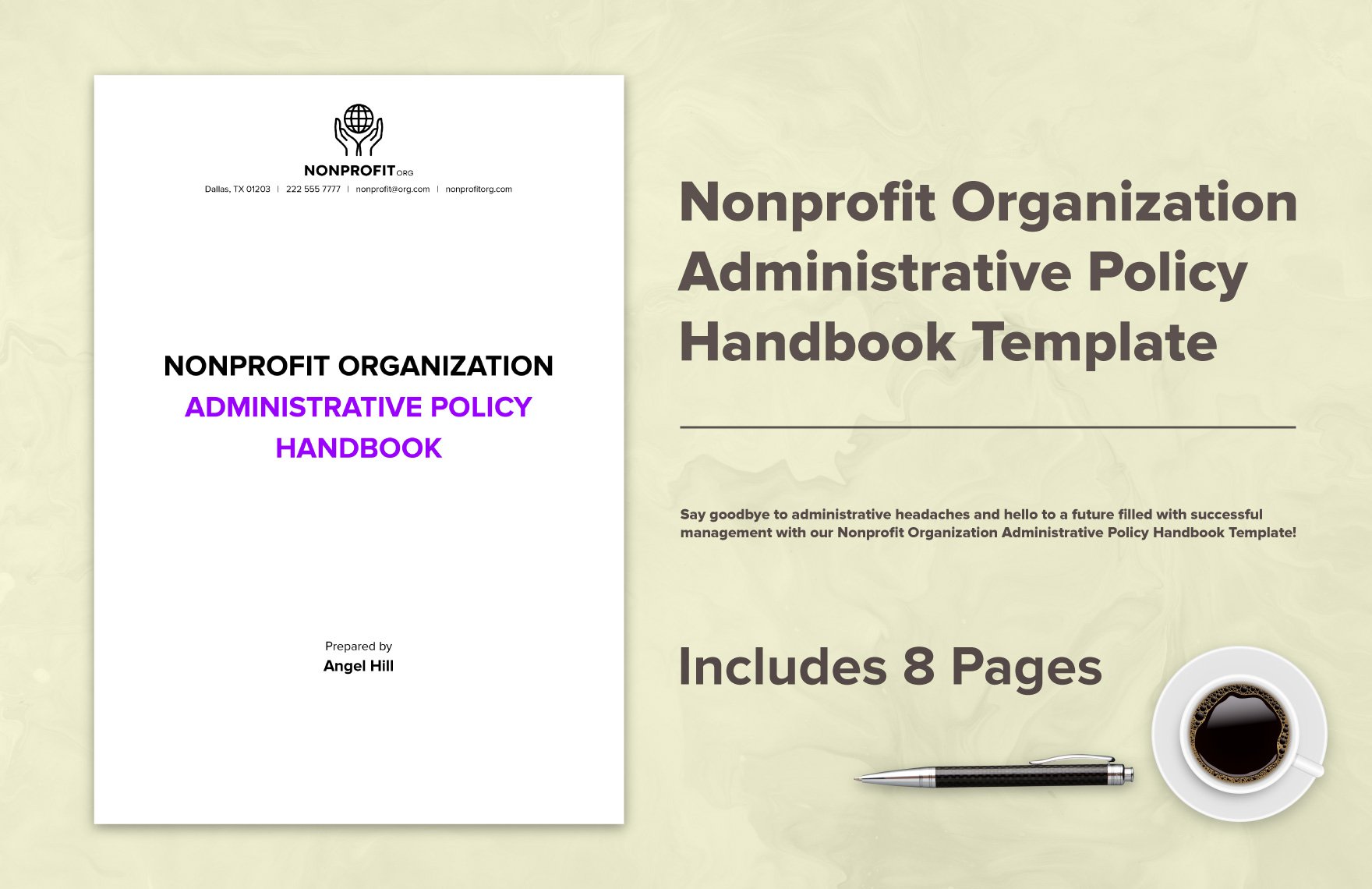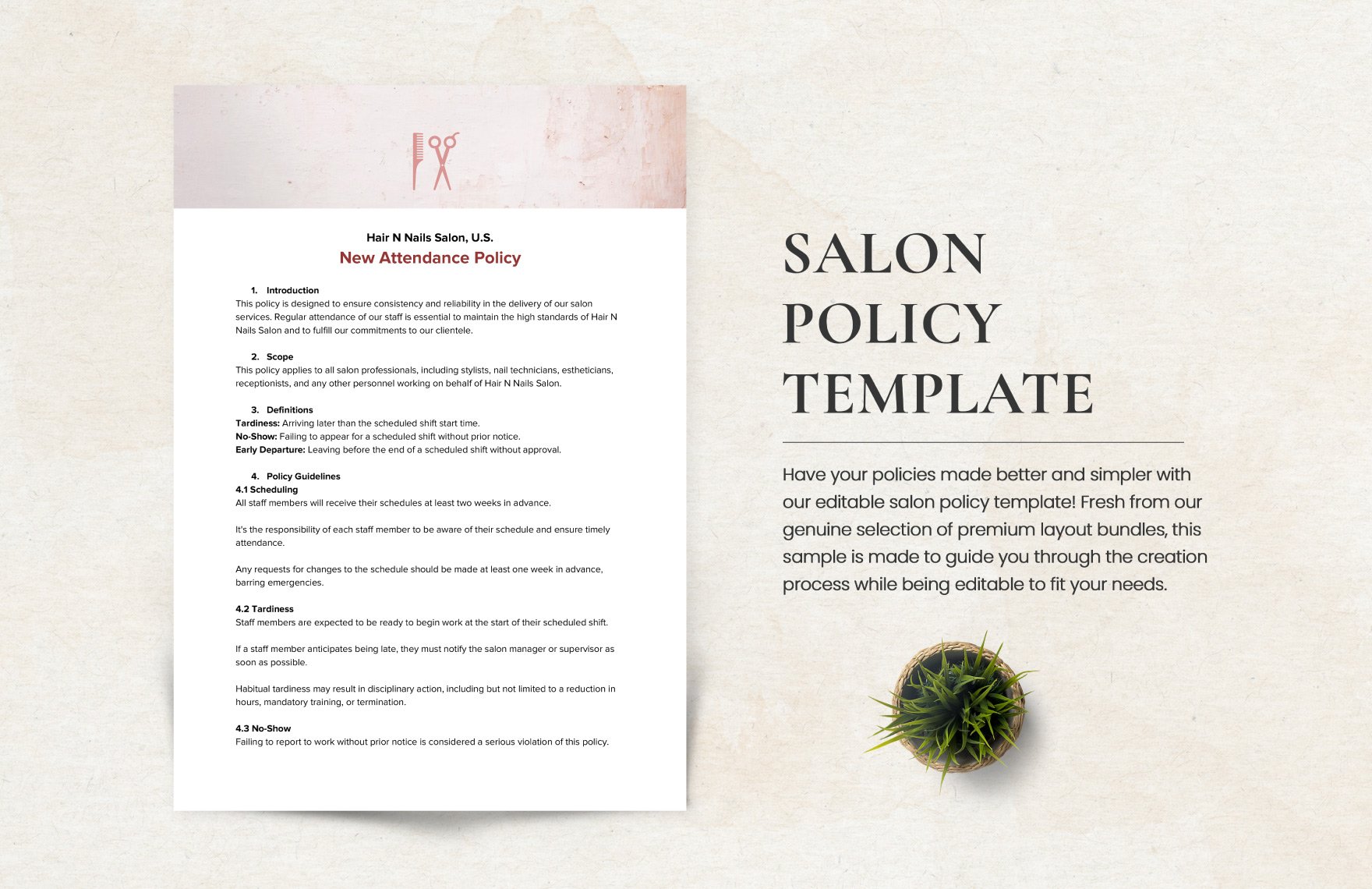In an advertising agency, setting down a foundation of rules and regulations is crucial. If you’re drafting policies for your marketing business, consider downloading our professional Advertising Agency Policy Templates. For your convenience, each sample is easily editable in both Microsoft Word and Google Docs. So download now—create policies about information privacy, client relations, sales procedures, and more!
How to Write an Advertising Agency Policy
In an article by Chron (a US-based publication), there are all kinds of different steps involved in an advertising agency’s project when working with a client. However, establishing concrete policies is essential for the sake of good business.
Whether it’s for survey processes or customer privacy, your marketing company needs policies for various things. If you want advice on documenting them, then go ahead and read our tips below.
1. Make Your Advertising Agency Policy Easy to Understand
When drafting rules and regulations for your ad company, it’s integral that the contents are made accessible for anyone to comprehend. And so, when writing the contents, maintain a consistent writing style that’s simple and direct.
2. Consult Qualified Personnel for Particular Policies
Various elements make up a business or company as a whole. Thus, writing a suitable policy for each of those requires the expertise of someone with thorough familiarity. A qualified consultant can be someone in-house or an outside entity (such as a lawyer).
3. Have All Relevant Members Involved
In addition to the primary consultants, other significant employees should also pitch in for the policy’s creation and conclude in acceptance. These members consist of representatives from different departments in your advertising agency—like customer relations, creative department, human resources, etc.
4. Draft Your Advertising Agency Policy
There are a few things to keep in mind once it’s time to write down your policy document. One such concern is your chosen page size, which should reflect the local standard in your area. There’s also the matter of using appropriate writing formats for different information.
For example, summarize related points into a list format, using bullets or numbers when entering each item. Another instance involves implementing grid tables when detailing finances, statistics, and other types of numerical data. When using a table, reserve the top row for category labels and apply some smart coloring to the cells.
Did you read all our tips? Remember what you’ve learned for a simpler time writing your ad business’s policies. And remember to use our Advertising Agency Policy Templates to streamline your drafting process further!




